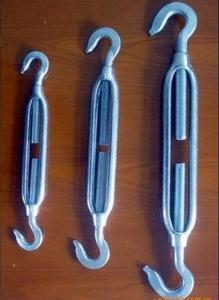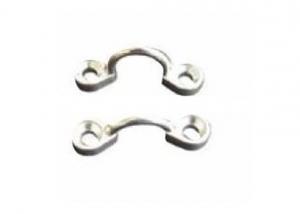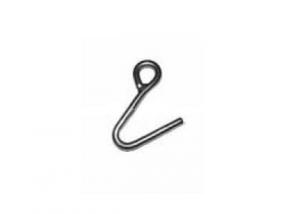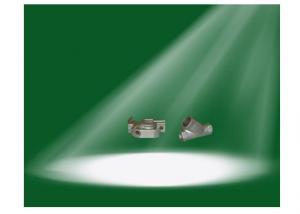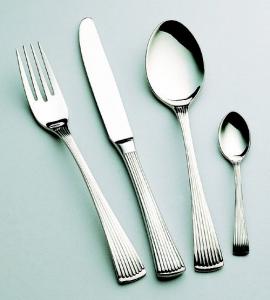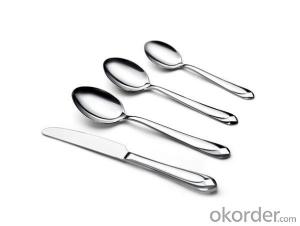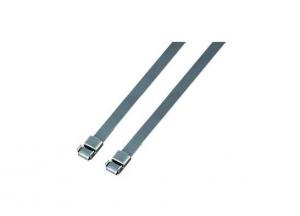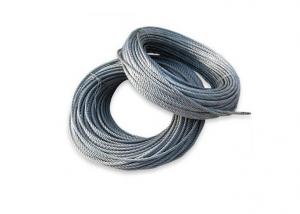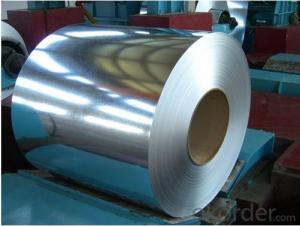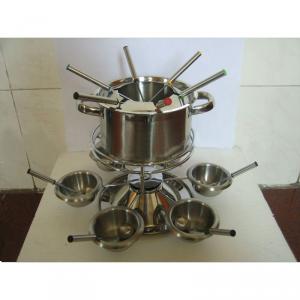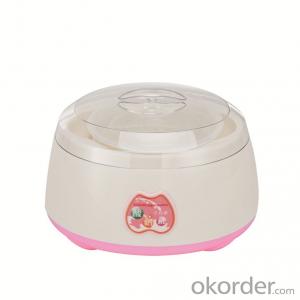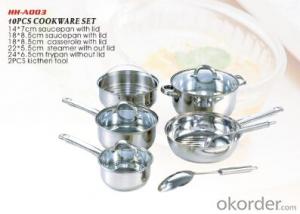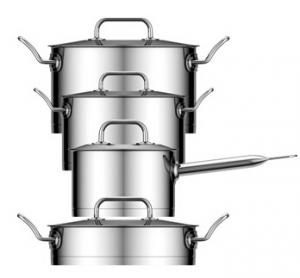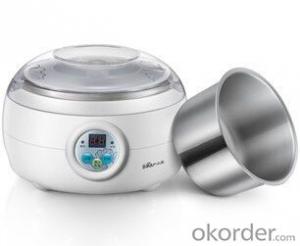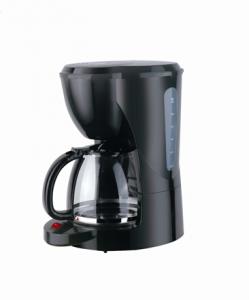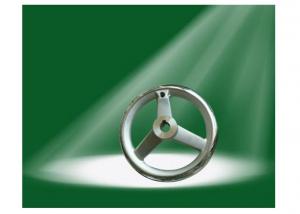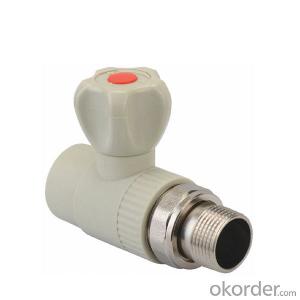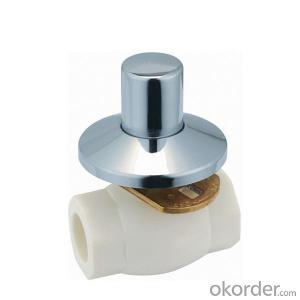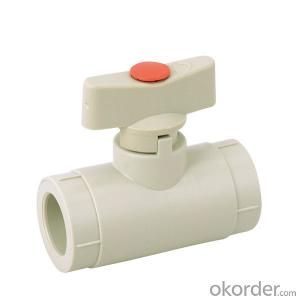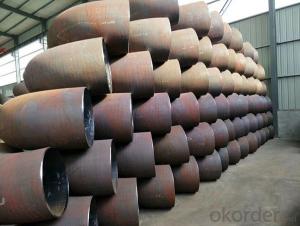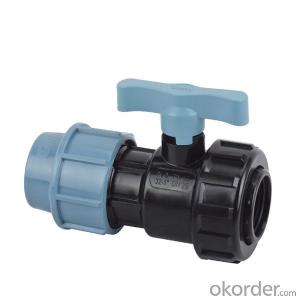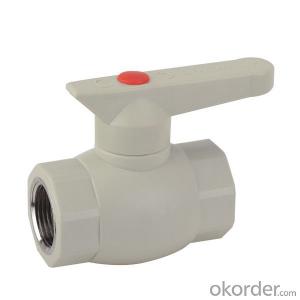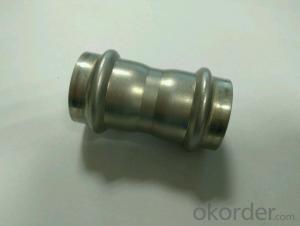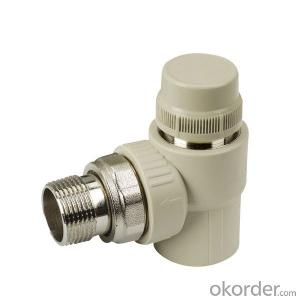Goo Gone On Stainless Steel
Goo Gone On Stainless Steel Related Searches
Goo Gone Stainless Steel Glue To Stainless Steel Scratches On Stainless Steel Get Rust Off Stainless Steel Stainless Steel Gua Sha Steel Wool On Stainless Steel Gua Sha Stainless Steel Fix Scratched Stainless Steel Scratches In Stainless Steel Faux Stainless Steel Scratched Stainless Steel Glue For Stainless Steel Stainless Steel Glue Stainless Steel Flashing Vinegar On Stainless Steel Tarnishing Stainless Steel Tarnished Stainless Steel Oxo Stainless Steel Stainless Steel G Shock G Shock Stainless Steel Stainless Steel Eye Mold On Stainless Steel Buy Stainless Steel Smoking Stainless Steel Rust Off Stainless Steel Fix Stainless Steel Scratches Stainless Steel Tarnishing Restore Stainless Steel Stainless Steel Dildo Gua Sha Tools Stainless SteelGoo Gone On Stainless Steel Supplier & Manufacturer from China
Goo Gone On Stainless Steel is a specialized cleaning product designed to effectively remove adhesives, gum, and other sticky residues from stainless steel surfaces without causing damage or leaving any residue. This product is formulated with a gentle yet powerful formula that ensures the stainless steel maintains its shine and luster after the cleaning process. Goo Gone On Stainless Steel is ideal for use in various settings, such as homes, offices, and commercial establishments, where stainless steel appliances, fixtures, and surfaces are commonly found. It is particularly useful for cleaning kitchen appliances, countertops, and other stainless steel items that tend to accumulate adhesives and residues from everyday use.The application of Goo Gone On Stainless Steel is straightforward and hassle-free. Simply apply the product to the affected area, allow it to sit for a few moments, and then gently wipe away the residue using a soft cloth or sponge. In more stubborn cases, a plastic scraper can be used to assist in the removal process. Goo Gone On Stainless Steel is safe to use on a variety of stainless steel surfaces, making it a versatile and reliable cleaning solution for maintaining the appearance and longevity of stainless steel items.
Okorder.com is a reputable wholesale supplier that offers Goo Gone On Stainless Steel in large quantities, catering to the needs of businesses and individuals alike. With a vast inventory and competitive pricing, Okorder.com ensures that customers can access this effective cleaning product at a reasonable cost. By partnering with Okorder.com, customers can benefit from the convenience of bulk purchasing and the assurance of receiving a high-quality product that meets their cleaning needs.
Hot Products

